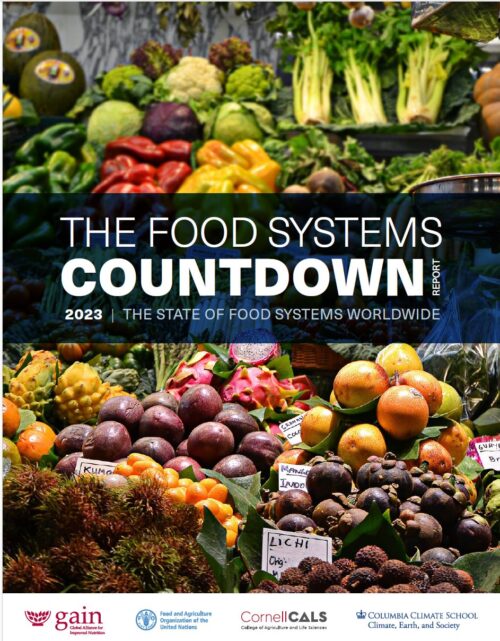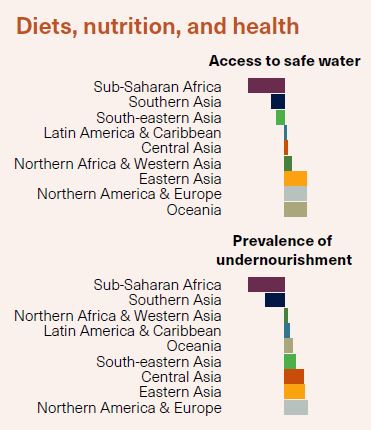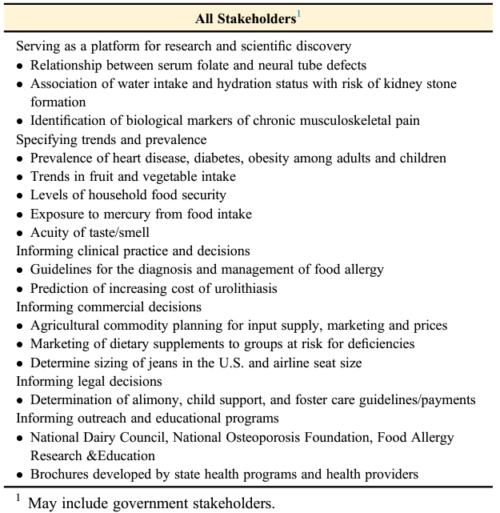Weekend reading: Food system analysis
I was interested to see this report and the academic analysis on which it is based—both from the Food Systems Countdown Initiative.

The academic analysis is extremely complicated and difficult to get through. This initiative is highly ambitious. It developed a set of 50 (!) indicators and “holistic monitoring architecture to track food system transformation towards global development, health and sustainability goals.”
The 50 indicators fall under five themes: (1) diets, nutrition and health; (2) environment, natural resources and production; (3) livelihoods, poverty and equity; (4) governance; and (5) resilience.
The analysis applies these themes and indicators to countries by income level and finds none of them to be on track to meet Sustainable Development Goals.
I can understand why they produced a report based on the analysis: it is easier to understand (although still extremely complicated).
For one thing, it defines Food Systems; By definition, food systems are complicated.
Food systems are all the people, places, and practices that contribute to the production, capture or harvest, processing, distribution, retail, consumption, and disposal of food.
For another, it presents data on compliance with indicators in more comprehensible ways, for example, these two indicators from the Diet theme.

As the report makes clear, this use of indicators has useful functions:
- Global monitoring of food systems
- Tracking UN Food System Summit commitments
- Development of national monitoring systems
This initiative reminds me a lot of the decades-long US Healthy People process—currently 359 (!) health objectives to be achieved by 2030—with no responsibility assigned for making sure they are achieved (which they mostly have not been, unsurprisingly),
Initiatives like these are great about identifying gaps. What they can’t do is hold governments accountable. They are supposed to inspire advocacy; to the extent they do, they might have some chance at stimulating progress.
As you can tell from my insertion of parenthetical explamation points, I think there are too many things to keep track of.
But then, I’m a lumper; this is a splitting initiative.
Both have their uses, but I want to see priorities for action.


